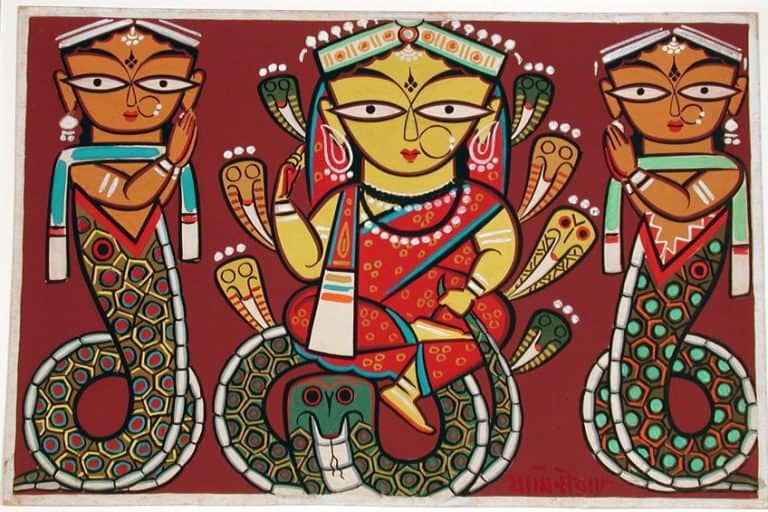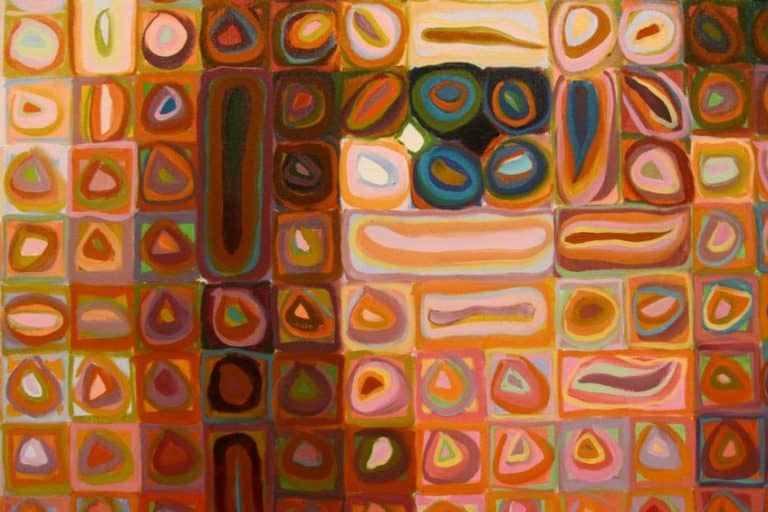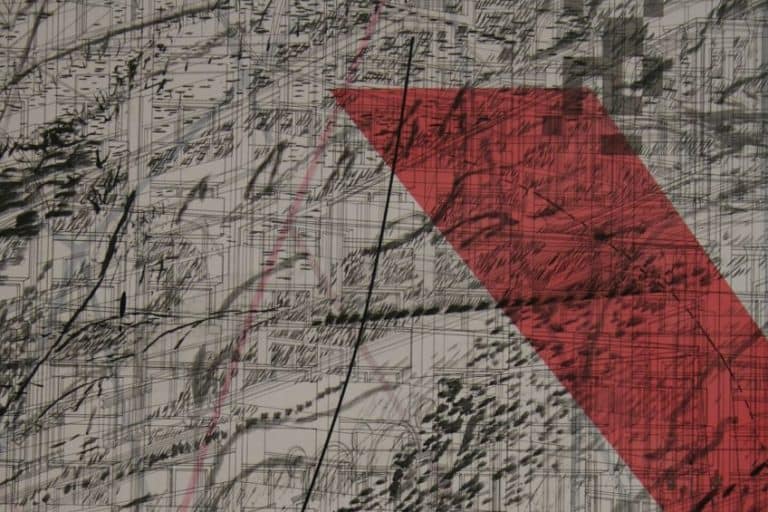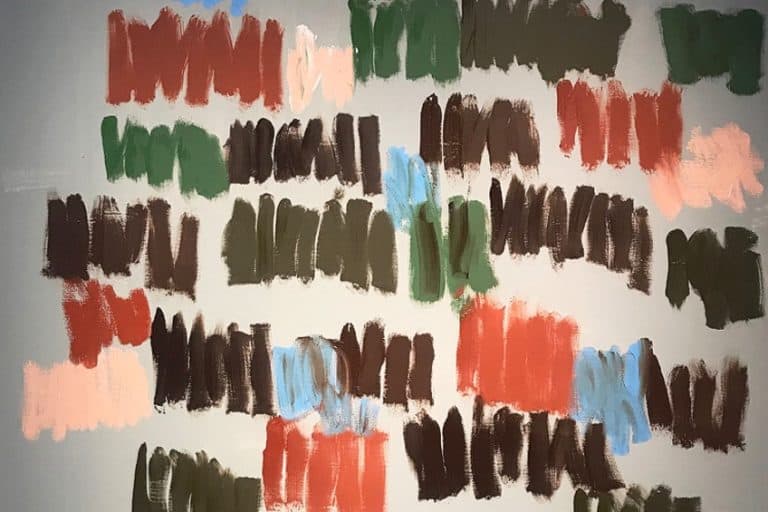Joseph Beuys – A Pioneer of Social Sculpture
Joseph Beuys stands as one of the most influential and enigmatic figures in 20th-century art. A German artist, teacher, and activist, Beuys transcended conventional artistic boundaries, challenging the very essence of what art could be. Renowned for his provocative performances, sculptures, and installations, Beuys delved deep into themes of social activism, ecology, and humanism, leaving an indelible mark on the contemporary art landscape. His iconic use of unconventional materials, such as felt, fat, and honey, served as vehicles for profound philosophical and political messages. Through his revolutionary concept of “social sculpture,” Beuys invited audiences to engage actively with art, sparking dialogue and fostering societal transformation. As both a visionary and a provocateur, Joseph Beuys continues to inspire generations of artists and thinkers worldwide, with his legacy resonating far beyond the confines of the art world.
Key Takeaways
- Joseph Beuys was an influential German artist and a prominent member of the Fluxus movement.
- He expanded the scope of art to include social activism and political engagement.
- Beuys’ theory of “social sculpture” left a lasting legacy on the contemporary art world.
Early Life and Education
| Birth | May 12, 1921 |
| Death | January 23, 1986 |
| Place of Birth | Krefeld, Germany |
| Notable Artworks |
|
Joseph Beuys was a German artist renowned for his innovative contributions to the art world, becoming a pivotal figure in post-war art culture. His work extended beyond traditional boundaries to include social philosophy and politics, utilizing a range of unconventional materials such as fat and felt. His approach sought to challenge and transform the role of art in society, emphasizing the potential for creative expression to foster political discourse and societal change.

Beuys’ life mirrored the intensity of his art, beginning with a challenging upbringing during the Third Reich and extending into his tenure as a teacher and his active involvement in political discourse. His connection to the Fluxus movement further anchored his efforts in the collective spirit, emphasizing the process and experience of art-making over the finished product. This concept of social sculpture—where society itself could be shaped by the ideas and actions of individuals—remains one of his enduring legacies.
Childhood
Born on May 12, 1921, in Krefeld, Germany, Beuys spent much of his early life in Kleve, a town near the Dutch border. His parents, Josef Jakob Beuys, a merchant, and Johanna Maria Margarete Hülsermann, cultivated his early interest in the arts.
Early Training
Throughout his schooling in Kleve, his talents in drawing and music were evident. These formative experiences in the arts during his early training were critical to his development as an artist. Beuys’ early training also exposed him to the works of groundbreaking artists such as Kurt Schwitters and Wassily Kandinsky, whose avant-garde approaches to art challenged conventional norms. Inspired by their experimentation and innovation, Beuys embarked on a quest to redefine the boundaries of artistic expression.

Studies at Kunstakademie Düsseldorf
From 1947 to 1951, Joseph Beuys studied at the Kunstakademie Düsseldorf. There, he honed his artistic skills and began forming his innovative and unorthodox approach to art that would characterize his career. In addition to his formal education, Beuys drew inspiration from his encounters with tribal art and shamanistic rituals, which would later influence his belief in the transformative power of art as a tool for social change.
These diverse influences, coupled with Beuys’ own personal experiences and philosophical reflections, laid the groundwork for his distinctive artistic style and conceptual framework.
World War II Service
Joseph Beuys’ service during World War II significantly influenced both his life and his art. As a young man, Beuys enlisted in the Luftwaffe, the German air force, and served as a radio operator and gunner. His experiences during the war, including surviving multiple crashes, being shot down over the Crimean Peninsula, and spending time stranded in the harsh winter conditions, left a profound impact on him.

Beuys often recounted his encounters with the Tartars, who reportedly saved his life and nurtured him back to health, as transformative moments that shaped his worldview. These wartime experiences not only informed Beuys’ deep sense of empathy and humanism but also fueled his later artistic exploration of themes such as trauma, healing, and the potential for regeneration in society. Beuys’ military service remains a crucial aspect of understanding the complex layers of his life and work, underscoring the intersection of personal history, collective memory, and the enduring quest for meaning in the face of adversity.
Mature Period
Post-World War II, Joseph Beuys’s experiences deeply influenced his mature period. His approach to art was reflective, incorporating materials and themes that served as metaphors for healing and transformation. During his mature period from the late 1950s to 1986, Joseph Beuys redefined art’s role, pioneering avant-garde forms of expression.
Embracing “social sculpture,” he saw art as a catalyst for societal change, exploring themes of ecology, politics, and spirituality through performances and installations.
Beuys challenged conventions, using unconventional materials and viewing artists as shamanic figures. His works like How to Explain Pictures to a Dead Hare provoke viewers to engage actively, leaving a lasting impact on contemporary art and thought.
Later Years
In his later years, Joseph Beuys continued to be a beacon of avant-garde thought and artistic innovation. Despite facing health challenges, Beuys remained deeply engaged in his practice, exploring new avenues of expression and extending his influence as a teacher and activist. He continued to provoke and inspire audiences with his radical performances and installations, delving into themes of environmentalism, social justice, and the power of collective action.

Beuys became active in social and political spheres, co-founding the German Green Party. His residence in Düsseldorf remained the center of his artistic exploration and environmental activism until his death in 1986. His later years were marked by a relentless pursuit of his vision for a more humane and ecologically sustainable world, leaving an enduring legacy that continues to resonate with artists and thinkers today.
Artistic Career
Joseph Beuys’s artistic career was marked by his innovative approaches to performance art, his unique use of materials in sculpture, and his significant impact as a teacher and art theorist. He contributed extensively to the post-war art scene, influencing countless artists and shaping numerous aspects of contemporary art.
Fluxus Movement and Performance Art
Beuys was a prominent figure in the Fluxus movement, an international network of artists known for blending different artistic media and disciplines in the 1960s. His performance art was often provocative and deeply symbolic, employing actions and materials that were unconventional and evocative. One of his most famous performances, How to Explain Pictures to a Dead Hare, involved Beuys cradling a dead hare while whispering to it as he walked through a gallery covered in honey and gold leaf. The performance was a meditation on the limitations of language and the need for deeper, more visceral forms of communication.
- How to Explain Pictures to a Dead Hare (1965)
- I Like America and America Likes Me (1974)
Sculpture and Materials Utilization
As a German sculptor, Beuys had an innovative approach to materials, frequently using unconventional substances like felt, fat, and honey in his sculptures. He believed these materials had transformative powers, both physically and symbolically. His sculptures and installations often evolved from his performances, blurring the lines between the act of creation and the created object.
Felt and fat, in particular, became signature elements in his work, embodying themes of warmth, energy preservation, and transformation.
Teaching and Influence
Beuys was also a revered teacher at the Kunstakademie Düsseldorf, where he taught from 1961 to 1972. He left a lasting legacy not just through his art, but also through his ideas on social sculpture—a concept that proposed that every aspect of life could be approached creatively, and consequently, everyone had the potential to be an artist. His philosophy extended beyond the traditional boundaries of art-making, advocating for a socially engaged practice and the notion that art has the power to transform society.
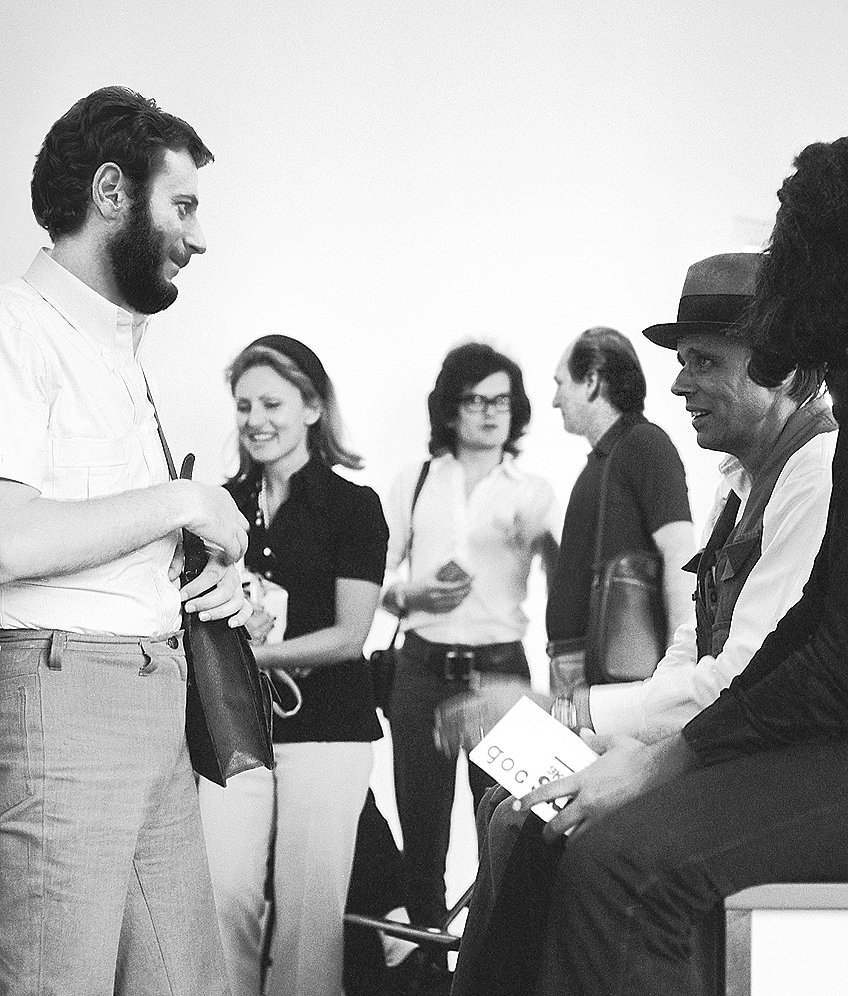
Political Involvement and Activism
Joseph Beuys’ political engagement extended far beyond the traditional confines of the art world, advocating for wide societal reform and becoming synonymous with the birth of a politically conscious art form.
Foundation of Political Movements
Beuys was involved in the founding of several political movements reflecting his belief in the potential for art to effect real social change. In the 1960s, he became a co-founder of the German Student Party, which was initially conceptualized as an avant-garde political movement. Later, his engagement in politics led him to establish The Organisation for Direct Democracy through Referendum in 1971.
This organization underlined Beuys’ commitment to a form of democracy that was more direct and participatory.
His political activism continued to unfold as he played an instrumental role in the establishment of The Green Party in 1980. The party advocated for environmental concerns and aimed to introduce ecological issues into the political mainstream. Beuys’ vision for a society engaged in environmental protection and political participation was at the core of his activities with the party.
Environmental Advocacy
Joseph Beuys’ dedication to environmental issues is most vividly captured in his large-scale project, 7000 Oaks, started in 1982 and completed posthumously. The project involved the planting of 7,000 oak trees in Kassel, Germany, each paired with a basalt stone. It was not just an artistic endeavor but a powerful gesture towards ecological regeneration and a statement on the potential for environmental intervention to foster community and societal change.
Additionally, Beuys was instrumental in the founding of the Free International University for Creativity and Interdisciplinary Research (FIU) in 1974.
The FIU was a platform for exploring and advocating interdisciplinary solutions to global challenges, including those of the environmental nature. It encapsulated Beuys’ interdisciplinary approach, where healing the environment was not viewed in isolation, but in relation to a spectrum of social, political, and artistic practices.

In all of his political and environmental advocacy, Beuys demonstrated a profound belief in the creativity of each individual and the collective power of community action. Whether through his movements, his art, or his direct engagement with the political arena, Joseph Beuys used his voice confidently and earnestly to push for a world that recognized the inseparable link between human activity and the health of the environment.
Legacy and Impact
Joseph Beuys’s contributions have cemented his status as a pivotal figure in post-war art. His impact reverberates through his innovative approach to art that blurred boundaries and embraced elements of society, nature, and the spiritual.
Influence on Contemporary Art
Joseph Beuys is widely regarded as a revolutionary who broadened the concept of art to include “social sculpture,” a term he coined to describe the process of creating society through art. His influence on contemporary art is manifold, seen across various disciplines including environmental art, performance, and installations.
Beuys’s participation in Art Happenings reinforced the idea that art could happen anywhere and be anything, reshaping perceptions within the art community and wider society.
- Fluxus Movement: Although not the founder, Beuys’s practices were integral to the Fluxus movement, which championed an anti-establishment approach to art.
- Environmental Art: He often incorporated natural materials, emphasizing a connection between art, nature, and activism. This placed him as a precursor to Environmental Art.
- Performance Art: Beuys’s unique mode of expression, often seen in his performances, laid the groundwork for artists such as Marina Abramović.
Public Recognition and Debates
Joseph Beuys’s legacy is underscored by public recognition yet is not without controversy. He is celebrated for his role as a German artist who reshaped the international art scene with his forward-thinking ideas.
- Academic and public institutions: His impact is acknowledged through extensive exhibitions and retrospectives in major museums worldwide.
- Eco-activism: He is remembered as an eco-activist, notably for his project “7000 Oaks,” which combined environmentalism with art.
- Controversy: Often a subject of debate, Beuys’s work challenged traditional notions of art and society, eliciting an array of interpretations and occasionally criticism for his spiritual and humanitarian ideologies.
- Media attention: Beuys leveraged media, such as public debates and television broadcasts, to disseminate his ideas, demonstrating the artist’s savvy understanding of mass communication.
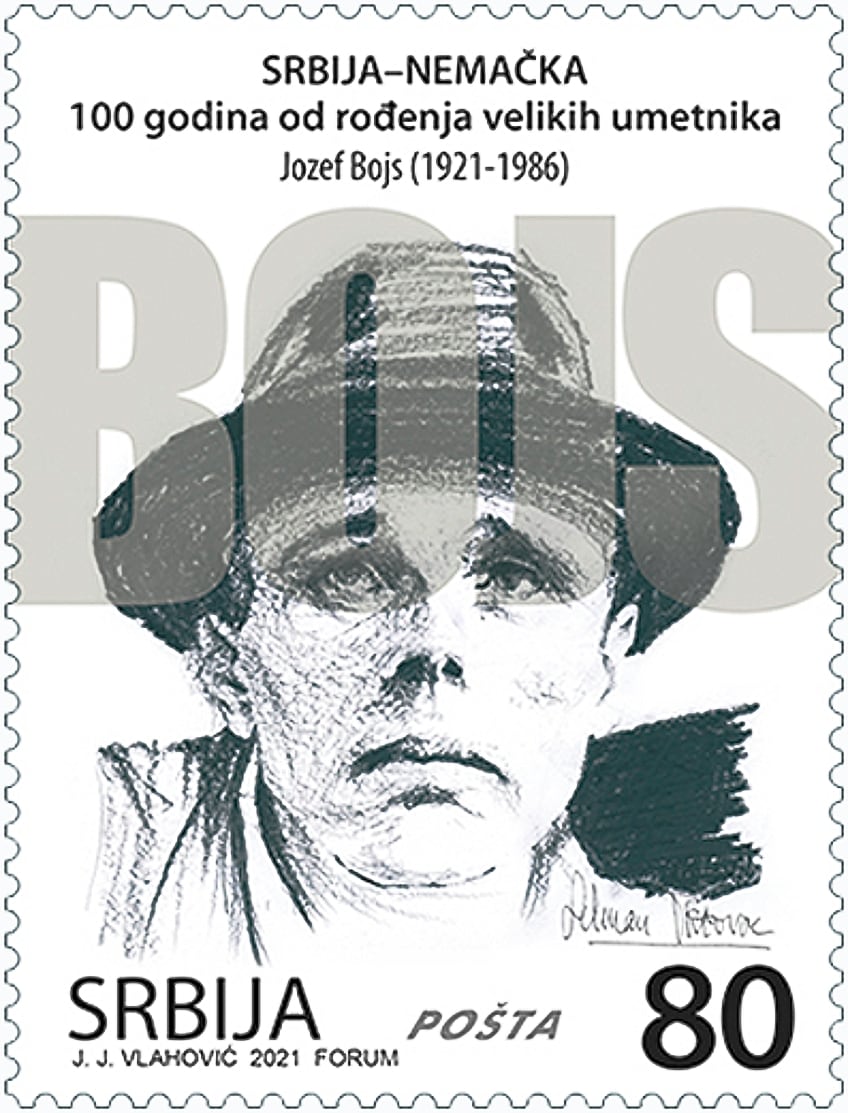
In conclusion, Joseph Beuys’s influence on contemporary art and the recognition he garnered showcases the enduring relevance of his ideas on society, nature, and the potential for art to instigate change. His integrative approach invites ongoing dialogue regarding the role of the artist and the power of art to reflect and shape humanity’s spiritual and material circumstances.
Joseph Beuys emerges not only as an artist but as a visionary whose profound impact extends beyond the boundaries of traditional artistic practice. Through his radical experimentation with materials and his unwavering commitment to social and political change, Beuys challenged the very essence of art and its role in society. His legacy endures as a testament to the transformative power of creativity, activism, and human connection. By inviting audiences to participate actively in the creation of “social sculpture,” Beuys opened new pathways for engagement and dialogue, shaping the way we perceive and interact with art. As we reflect on Beuys’s legacy, we are reminded of the relevance of his ideas and the enduring imperative to harness the potential of art as a force for positive change in the world.
Frequently Asked Questions
What Are Some Notable Performance Art Pieces by Joseph Beuys?
One of Joseph Beuys’ most famous performance pieces is How to Explain Pictures to a Dead Hare, performed in 1965, where he cradled a dead hare and explained artwork to it as he moved around a gallery. Another significant work is I Like America and America Likes Me from 1974, where Beuys spent three days in a room with a wild coyote.
What Materials Did Joseph Beuys Frequently Use in His Creations?
Joseph Beuys often used materials like fat and felt, which he considered essential components for their insulating properties, representing warmth and energy. These materials became a trademark of his work, reflecting his interest in transformation and healing. He also incorporated everyday objects and organic materials into his artworks to blur the boundaries between art and life.
Isabella studied at the University of Cape Town in South Africa and graduated with a Bachelor of Arts majoring in English Literature & Language and Psychology. Throughout her undergraduate years, she took Art History as an additional subject and absolutely loved it. Building on from her art history knowledge that began in high school, art has always been a particular area of fascination for her. From learning about artworks previously unknown to her, or sharpening her existing understanding of specific works, the ability to continue learning within this interesting sphere excites her greatly.
Her focal points of interest in art history encompass profiling specific artists and art movements, as it is these areas where she is able to really dig deep into the rich narrative of the art world. Additionally, she particularly enjoys exploring the different artistic styles of the 20th century, as well as the important impact that female artists have had on the development of art history.
Learn more about Isabella Meyer and the Art in Context Team.
Cite this Article
Isabella, Meyer, “Joseph Beuys – A Pioneer of Social Sculpture.” Art in Context. March 7, 2024. URL: https://artincontext.org/joseph-beuys/
Meyer, I. (2024, 7 March). Joseph Beuys – A Pioneer of Social Sculpture. Art in Context. https://artincontext.org/joseph-beuys/
Meyer, Isabella. “Joseph Beuys – A Pioneer of Social Sculpture.” Art in Context, March 7, 2024. https://artincontext.org/joseph-beuys/.




